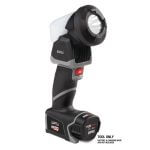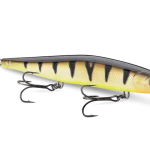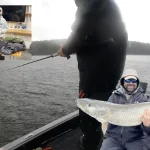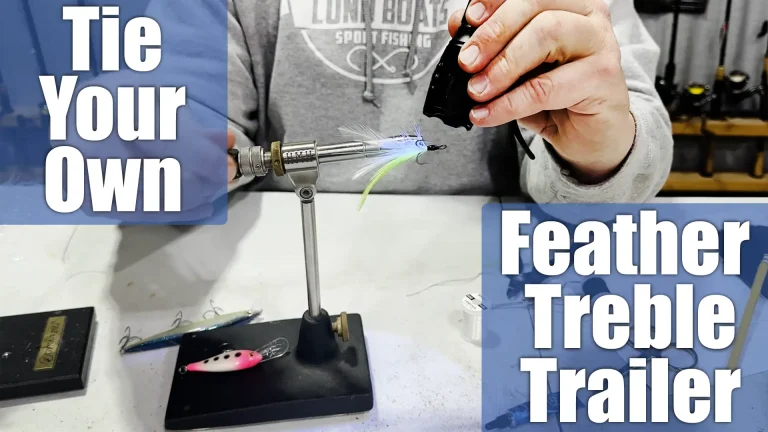 Surveys show that bass hold the top spot in the hearts of American anglers from coast to coast. A look at the shelves at most major fishing tackle retailer also suggests this trend. From New York to Minnesota, smallmouths may be the most popular bass species. Across their range, smallmouth populations are booming, producing higher numbers of bigger fish. Climatic shifts and exotic species appear to favor bronzebacks, often at the expense of other species. Warmer and clearer water increases bass habitat. Nowhere is that more obvious than in the Great Lakes, where millions of gobies provide extra nourishment. That’s great news for Great Lakes smallmouth bass anglers.
Surveys show that bass hold the top spot in the hearts of American anglers from coast to coast. A look at the shelves at most major fishing tackle retailer also suggests this trend. From New York to Minnesota, smallmouths may be the most popular bass species. Across their range, smallmouth populations are booming, producing higher numbers of bigger fish. Climatic shifts and exotic species appear to favor bronzebacks, often at the expense of other species. Warmer and clearer water increases bass habitat. Nowhere is that more obvious than in the Great Lakes, where millions of gobies provide extra nourishment. That’s great news for Great Lakes smallmouth bass anglers.
Over the years, I’ve enjoyed outstanding fishing from the St. Lawrence River in New York to Chequamegon Bay on Lake Superior. A recent trip to Sturgeon Bay on Lake Michigan put an exclamation point on this bass boom! At one spot, I looked around to see a vast school of smallmouths, perhaps four blocks long. Many of these brownies were four or five pounds, a mark that represented trophy size when I was growing up.
What was amazing about those bass was that they all pointed in the same direction. That brings up a key point about fishing these huge lakes. Water flow is a critical factor in bass location in the Great Lakes, where strong winds create currents. And once it slacks, the water rushes back, what’s called the “seiche effect.” This can make lake-dwelling fish behave is if they were in a river.
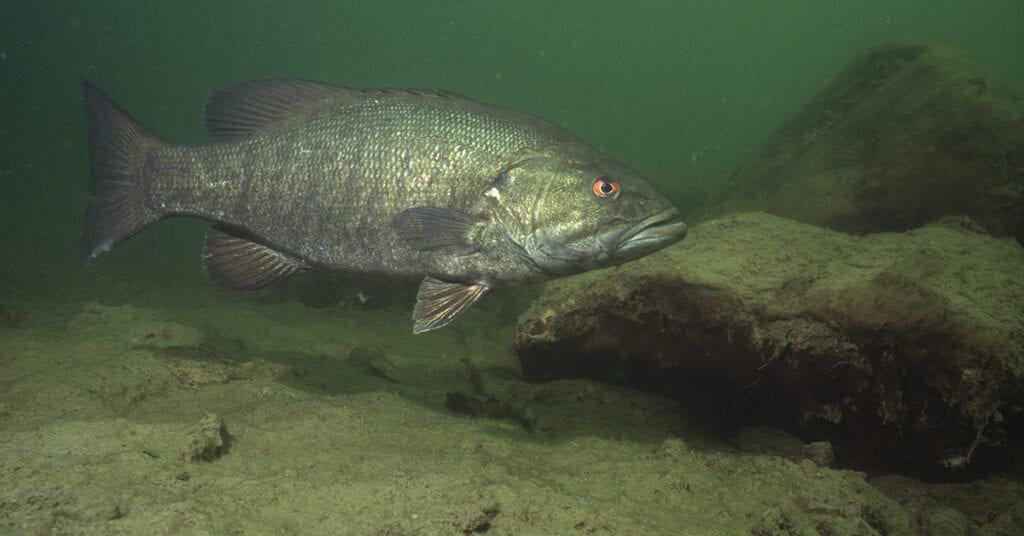 The bass I saw were positioned by a seiche; when I returned four hours later the current had subsided and very few remained. Currents also affect water clarity and temperature. Water pulled from the lake’s depths can quickly chill a shallow bay, causing bass to evacuate. When it carries sediments in, clarity is reduced, making fishing easier.
The bass I saw were positioned by a seiche; when I returned four hours later the current had subsided and very few remained. Currents also affect water clarity and temperature. Water pulled from the lake’s depths can quickly chill a shallow bay, causing bass to evacuate. When it carries sediments in, clarity is reduced, making fishing easier.
In the clear waters of the Great Lakes, filtered by billions of zebra and quagga mussels, shallow bass can be spooky, forcing anglers to make super-long casts to present lures effectively. Moreover, the best presentations often are small finesse-style baits, such as downsized tube jigs, swimbaits, hair jigs, and wacky rigs. Their light weight adds to the challenge of casting them far to reach unsuspecting bass. I’ve found long (over 7 feet), medium- or medium-light power rods work best, particularly when spooled with thin Sufix Nanobraid line (6- to 10-pound test), tipped with a fluorocarbon (6 to 8-pound test) leader of at least four feet. It reduces line visibility, provides some protection against the sharp mussel shells, and sinks at an optimum rate.
In this spring’s two-day Sturgeon Bay Bass Open Tournament, five bass over seven pounds and 15 over six pounds were weighed in! The top five teams had over a five-pound average for ten fish and 50th place had a four-pound average. Thats simply amazing! Yet prior to the goby invasion, three- and four-pound bass were top weights. Unbelievable smallmouth bass fishing is available in all five of the Great Lakes and Lake St Clair. In most areas, small boats (under 20 feet) work fine if you keep an eye on the weather. If you’re a die-hard smallmouth fan who has never experienced Great Lakes brownie fishing, make a point to get there this season.



